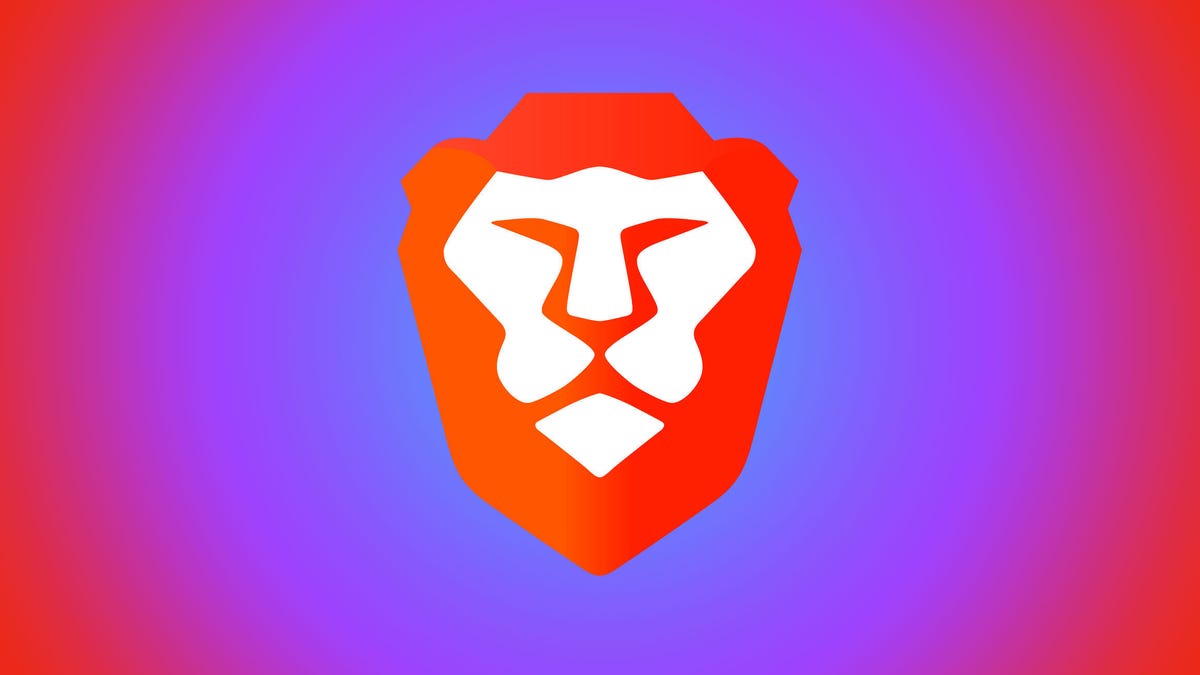Brave browser adds private videoconferencing with $7 premium option
The company doesn't know the identities of people using its new Zoom competitor.

Expanding its paid services push, browser maker Brave on Wednesday launched a videoconferencing service called Brave Talk designed to protect privacy better than existing options like Zoom. It's free, though a premium option costing $7 per month adds features like recording video and supporting groups of three or more.
Videoconferencing use has exploded during the COVID-19 pandemic as school, work, family gatherings, medical consultations, weddings, funerals and everything else in life went online. The shift pushed Zoom into the spotlight and made rival options like Microsoft Teams, Apple FaceTime and Google Meet fixtures for daily living.
Brave's move, which began as a test called Brave Together in 2020, shows that the tech industry isn't done trying to refine this core communication tool. The Brave effort, as with its browser overall, centers on attracting people who will appreciate its privacy.
When you're using Zoom, a top videoconferencing system, the company knows who you are when you sign in. Brave Talk, though, uses an anonymous credential system that keeps Brave in the dark about your identity, said Brave Chief Executive Brendan Eich.
"If you sign in to Brave Talk, all Brave knows is that you are authorized to use the service, not who you are," and you don't even need to sign in for one-on-one chats, he said. Brave's credential system "ensures that we don't know who users are and to whom they are talking." That connection information can be very private information even if end-to-end encryption prevents a videoconferencing service from snooping on what you're actually saying.
As Zoom rose to power in 2020, it encountered privacy concerns from critics who wanted end to end encryption, which keeps communications secure even from intermediate parties transferring the data. Zoom has since added that encryption.
About 36 million people use Brave each month, the company said. That's a notable population, and one the company hopes will increase to 50 million this year.
To initiate a Brave Talk conference, you'll need Brave, but people joining the call can use any browser.
Brave Talk is built into Brave's browsers for Windows, MacOS, iOS and Android browsers. For now, the mobile versions only work with premium Brave Talk subscriptions, but Brave plans to add support for the free tool in coming weeks.
Premium features include support for three or more people in a conference, the ability for meeting organizers to mute participants, passcode access control and an option to hold meetings with hundreds of people.
Correction, 11:05 a.m. PT: This story misstated the requirements to use Brave Talk. The Brave browser is needed only for the person initiating a videoconference.

